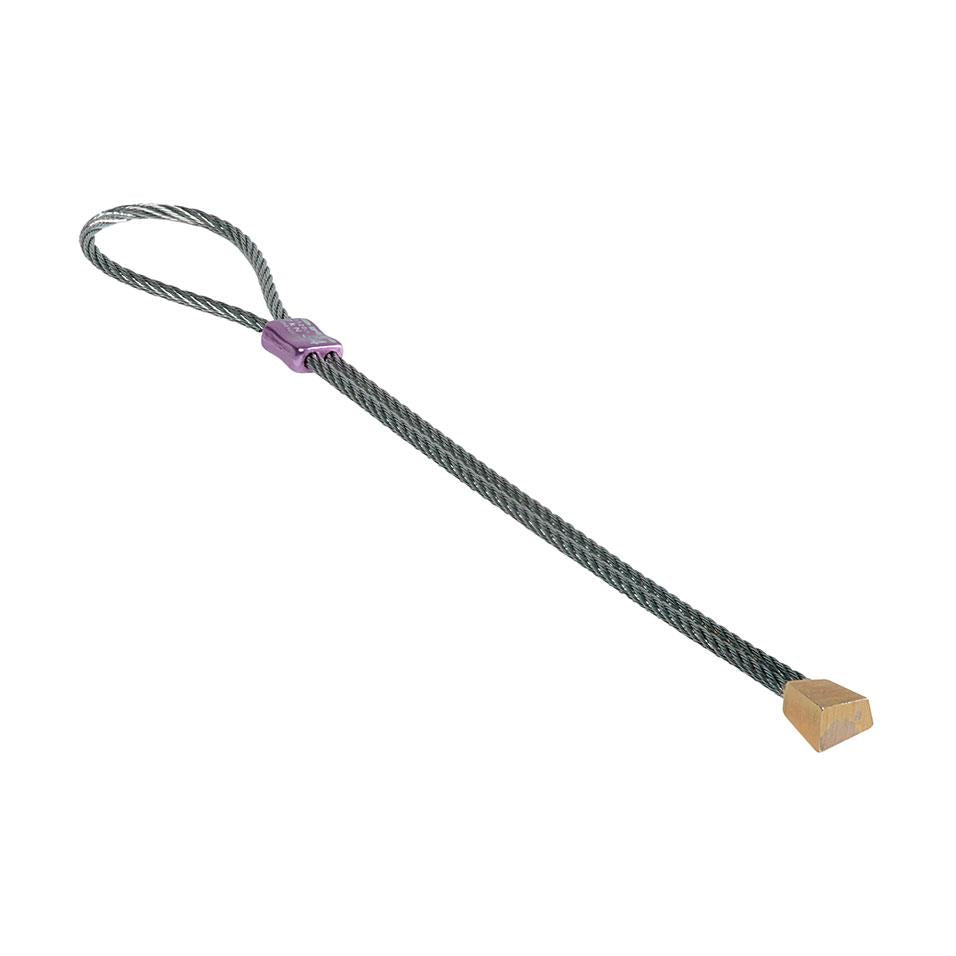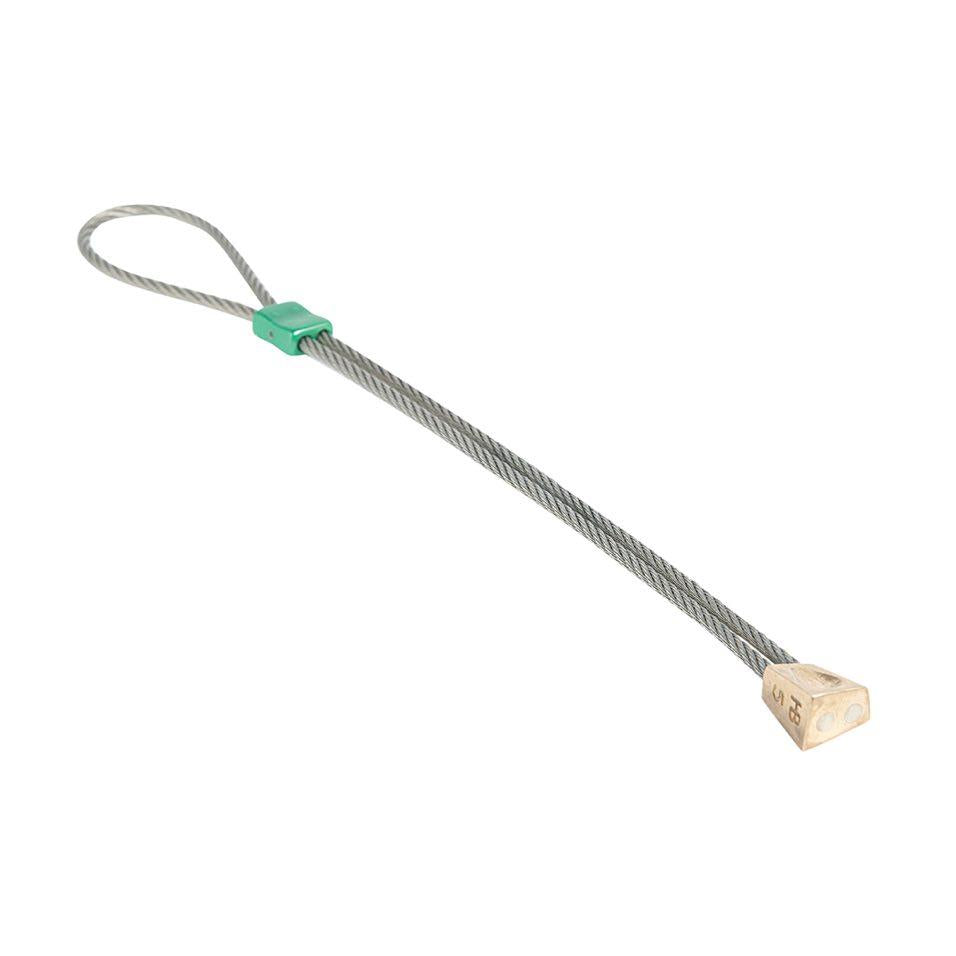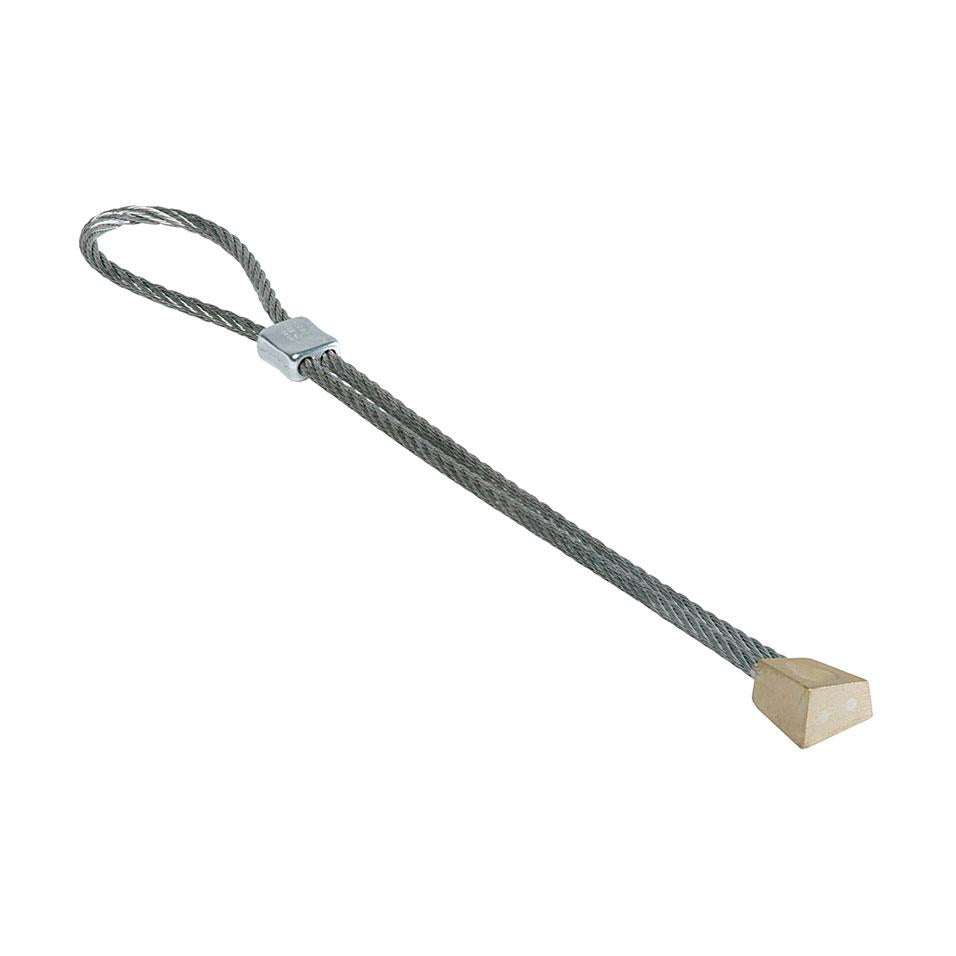Shop Clothing
Shop Footwear
Shop Hike & Camp
Shop Climbing
Accessories
DMM Brass Offsets - Individual
Brass Offsets are crucial for protecting small flared cracks, often fitting perfectly where nothing else will go. The brass used for the head of the nut is soft enough to bite into placements, but hard enough to resist deforming and pulling through. Wires are soldered directly into the nut head, allowing a thicker wire to be used and increasing overall strength. The colour coded swage gives easy size selection and allows the Brass Offset to self equalise when loaded, making the most of marginal placements.
Features:
Micro protection for small cracks
As climbs become harder, the need to make the most of all available protection increases. Micro protection lets you protect cracks which normal sized pieces would not fit. Having these wires on your rack gives you more options.
Asymmetrical taper gives stable placements in offset cracks
Nuts with an offset taper protect cracks where normal nuts would not sit properly, such as flared cracks and peg scars. Use in combination with normal nuts to find security in almost any crack.
Wires soldered directly into heads for strength
The wires of IMPS and Brass Offsets are soldered directly into their heads. This allows a thicker wire to be used, increasing the strength rating of each nut.
Brass heads for optimal characteristics in marginal placements.
Brass nuts are made from a special blend of brass and silicone that is soft enough to bite into placements, but hard enough to resist pulling through them. This helps them make the most of marginal placements.
Colour coded for easy size identification
The DMM protection range is colour coded for quick and easy size selection. Colours are co-ordinated across passive and active protection, for quick selection of alternatives if your first choice doesn’t fit.
Passive protection works in wet and icy conditions
Passive protection works by jamming in constrictions to prevent falls. It is suitable for use in all conditions. Unlike active protection such as cams, passive protection can be used in wet or icy cracks, where friction is reduced.
You may also like
Recently viewed products
Subscribe
Sign up to get the latest on sales, new releases and more …










